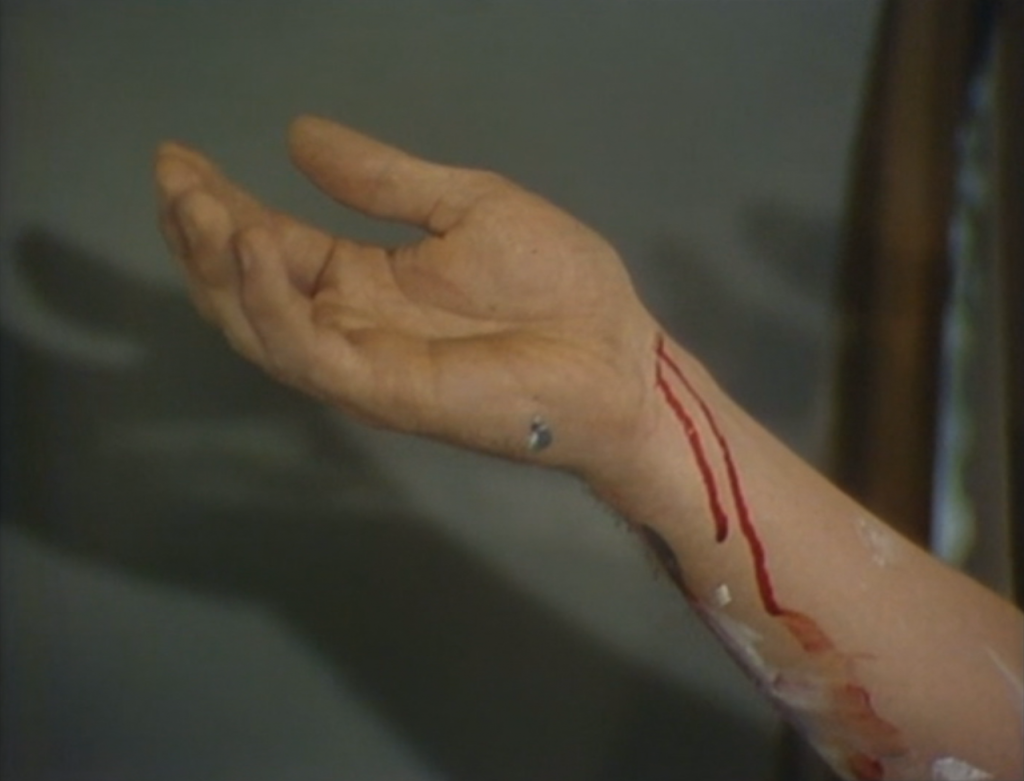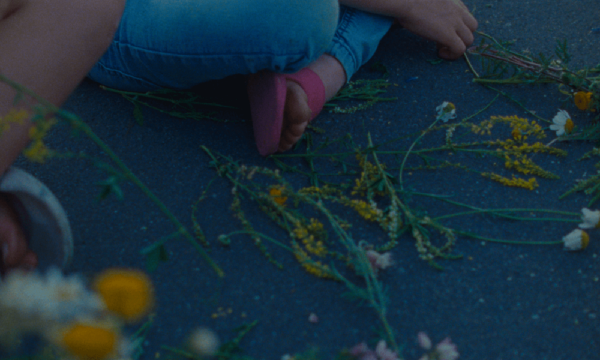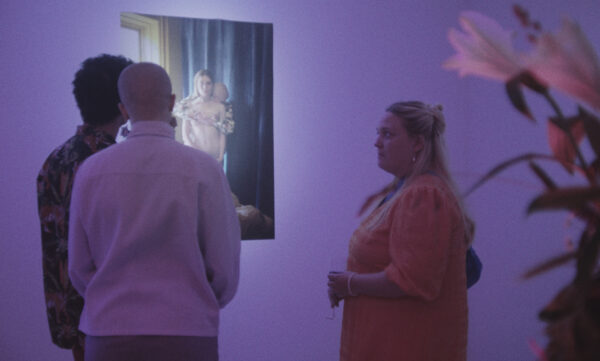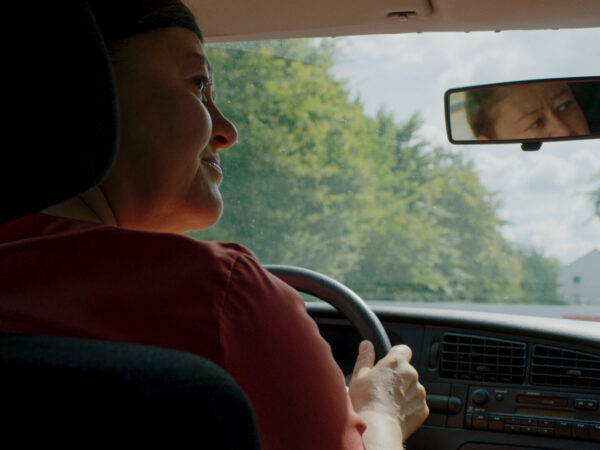Translating Death
Staging Death
The latest film by prolific German film author Jan Soldat begs the question of why cinema is so good at portraying spectacular deaths instead of authentic ones.

For the sake of this text, let’s entertain the following thesis and let us all agree on its plausibility, at least for now. It goes as follows: almost every single film in history has dealt with death in one way or another, and almost every single filmmaker, screenwriter, and actor will keep on engaging with this theme in their films probably forever, or at least in the foreseeable future. Every single one, all the time. A bold claim, I know, but it’s one Staging Death made me believe. I’ll show you why.
First, let me say you’d be right to think that I do not mean this in a literal way. Death has had many, many faces in all forms of art throughout human history, and some of them have been, and still are, symbolic in nature. That is because if we understand death as being the flip side of life’s coin, its antithesis, it obviously holds a broader meaning the moment we try and define what life is. Is living simply the act of breathing? Of course not. We all know life is a multifaceted and deeply complex experience which is almost impossible to coin under a monolithic definition, so in my opinion, this means such a nuanced point of view should be applied to death as well, tying both elements together in an unbreakable fashion. Whenever life in all its intricacies is shown on screen, some form of death lies in its shadow. There’s no Head without Tail, no Yin without Yang, hence my initial statement.
Therefore, with this perspective in mind, analysing the portrayal of a character’s death in cinema becomes a much more fascinating endeavour than simply acknowledging the presence of a blood-soaked corpse, a casket or a headstone on screen. In fact, I’d argue that since death acts as an opposite pole to life, I find it particularly interesting to go one step further and study the various ways actors try to portray the passage from one state to the other: the act of dying.
Hailing from Germany, Staging Death is one of many collage short films made by prolific filmmaker Jan Soldat in recent years. Its principle is simple: famous actor Udo Kier, known for having played several villains in and outside of Hollywood during his almost 60-years-long acting career, has died on celluloid seventy times so far, and Staging Death acts as a super montage of (almost) every one of his deaths. What can we learn from it? It has been noticed repeatedly how unrealistic dying characters are in most films, especially when their demise is the centrepiece of a given scene. From the overly dramatic to the incredible spectacle of gore, most deaths modern audiences are used to witnessing usually fall into the ‘spectacle’ category. Given the fact that Udo Kier acted extensively in B-movies and cheap horror flicks, it is safe to say that he abundantly contributed to this trend.
At first glance, an inevitable sense of grotesqueness comes out of Soldat’s eight-minute film. It may even be hard for some not to laugh out loud as a young Udo Kier is repeatedly seen in various costumes screaming, agonising, and falling to the ground in an overly dramatic Shakespearean fashion. He is seen being hanged, toppled by a car, sliced into pieces, impaled, blown to bits, crushed by a subway car, etc – it even goes as far as involving a Tyrannosaurus Rex at some point. One could argue that this is nothing more than a critical look at an industry focused on transforming every bit of life (and death) in a mind-numbing show solely made of confetti and fireworks, and up to a certain point, I’d agree with such a statement. However, given Jan Soldat’s track record, I’d say his interest in the subject matter goes far beyond this point of view.
Watching Staging Death begs the question of why cinema is so good at portraying spectacular deaths instead of authentic ones. Is filmmakers’ and actors’ ignorance to blame? Don’t they know how people die in real life? According to film historian Tom Gunning 11 Tom Gunning, Re-animation. The Invention of Cinema. Living Pictures or the Embalming of the Image of Death? ↩︎, even with a keen interest in realism, cinema may be bound to portray the act of dying unrealistically, and the explanation for this lies in some of Roland Barthes’ late writings. In his book Camera Lucida 22 Roland Barthes, Camera Lucida. New York: Hill and Wang, 1981 ↩︎, Barthes argues that photography, as opposed to cinema, is the only visual medium capable of communicating the language of death. Indeed, actual death happens in a split second, and it is all about silence and stillness. Meanwhile, cinema speaks the language of life: it constantly uses sounds and motion to convey emotions. So, when it comes to showing a character dying, a sort of paradox can be witnessed in cinema because it can’t help but translate ‘death’ in a twisted, lively way. Soldat’s film may be all about death, but it’s also extremely alive in the sense that Udo Kier is seen screaming, twisting, and turning when being shot, poisoned, etc, because otherwise, the stillness of his death would be unbearable to witness twenty-four times a second. It is also interesting to note how motion and sound are notions that only exist in comparison to their antithesis, like life and death.
Following a second viewing, Staging Death led to another interesting (albeit little) thought experiment. What if we roleplayed as Udo Kier while watching this unique film? How would he have felt to witness himself dying over and over in almost every scenario possible for eight straight minutes? Perhaps, like an athlete practicing for his next competition, Kier has acquired the ability to visualise and get acquainted with his eventual demise–after all, he had a lot of practice. Or, on the other hand, perhaps the fact that he had to dance with death and translate its language so many times made him acutely aware of his ability to be alive. As we saw, the purpose of a translator is to sit between two poles, two languages, where one can’t thrive without the other.




There are no comments yet, be the first!